Researchers capture high-powered microscopic images showing startlingly high SARS-CoV-2 viral loads on human respiratory surfaces.
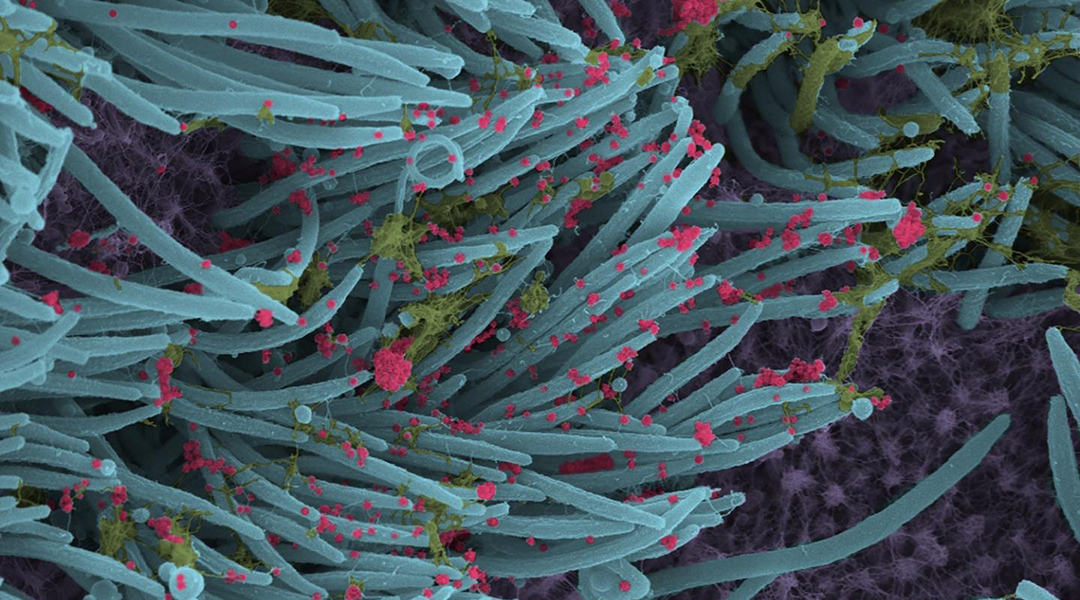

Researchers capture high-powered microscopic images showing startlingly high SARS-CoV-2 viral loads on human respiratory surfaces.
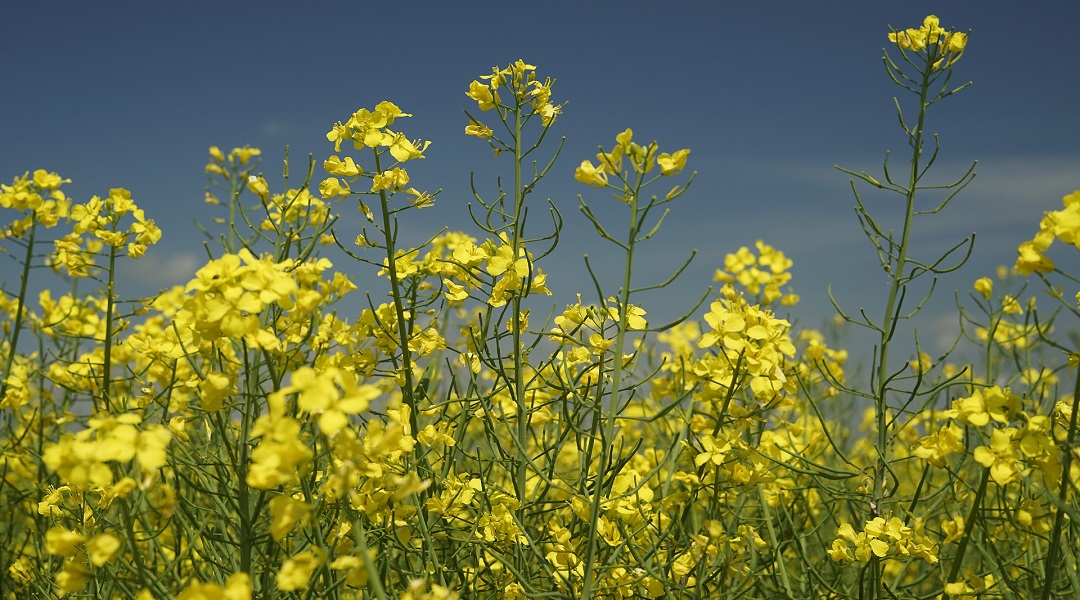
Researchers combine waste vegetable oil and sulfur to create an eco-friendly, sturdy and lightweight cement substitute that can be remelted as often as desired.
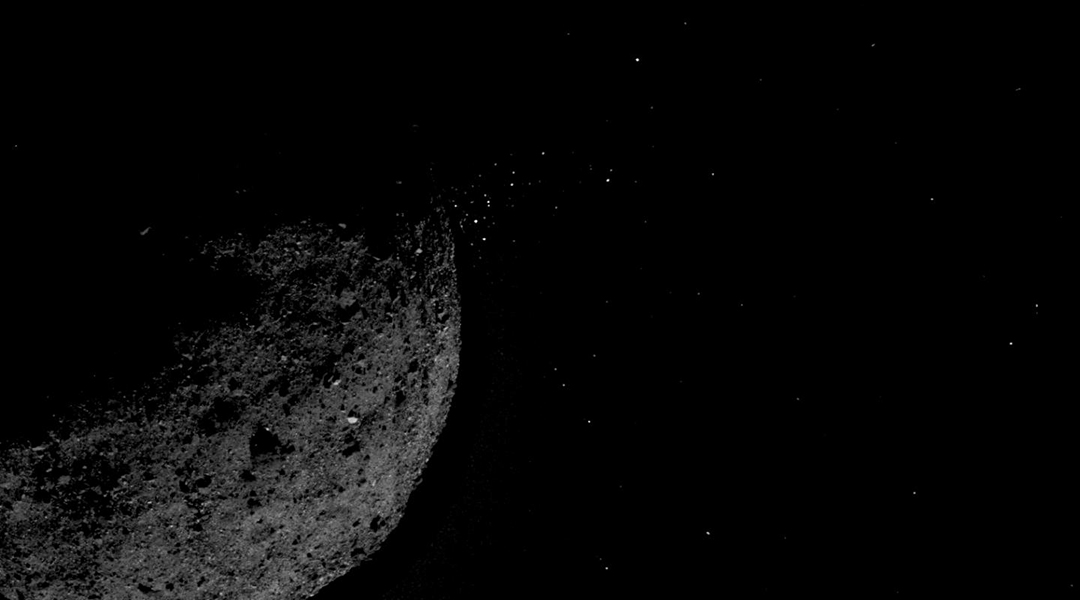
While studying asteroid Bennu up close, NASA’s OSIRIS-REx spacecraft witnessed periodic outbursts of material being kicked up from the surface; a dedicated observation campaign revealed details of the activity.
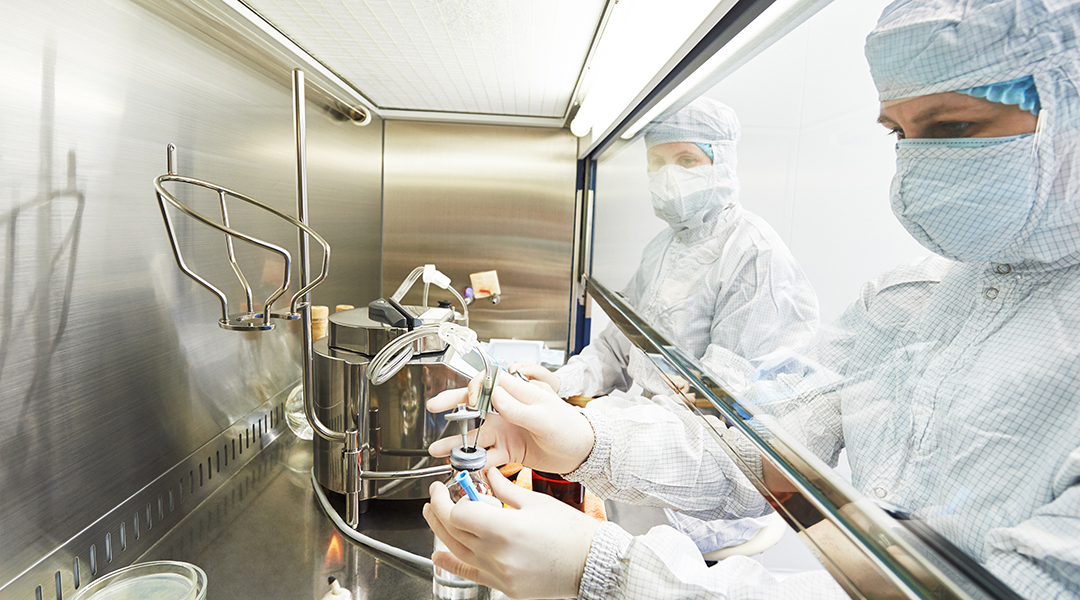
The global trial run by researchers at Oxford and AstraZeneca has been paused due to an adverse reaction at a UK site. Whether the reaction is related to the vaccine is still unknown.
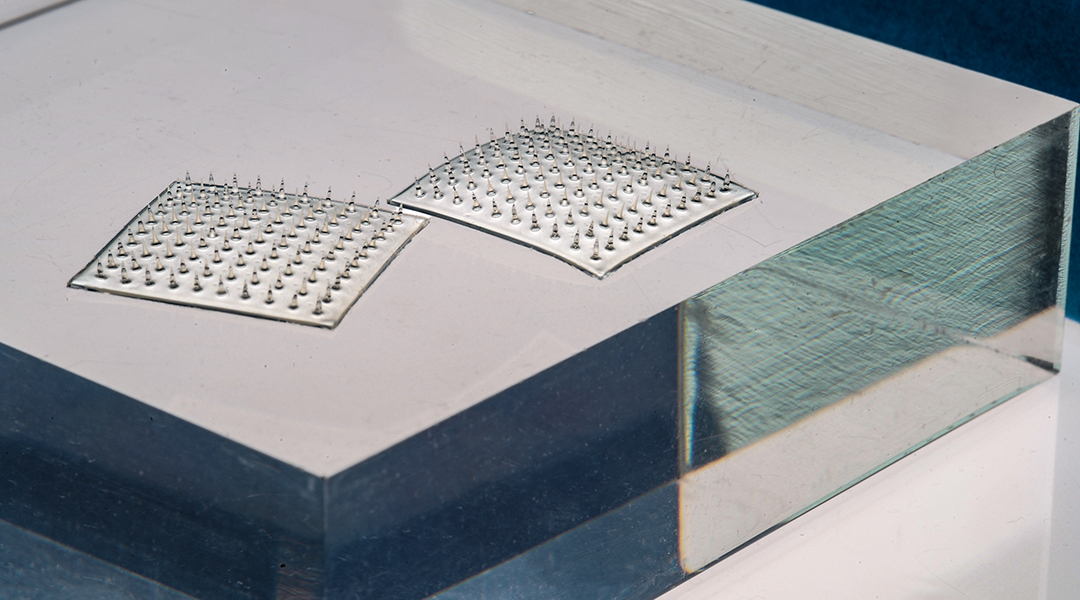
Food-safe microneedles incorporated into a new smart label can effectively collect samples from packaged food and inform consumers about its quality in real time.
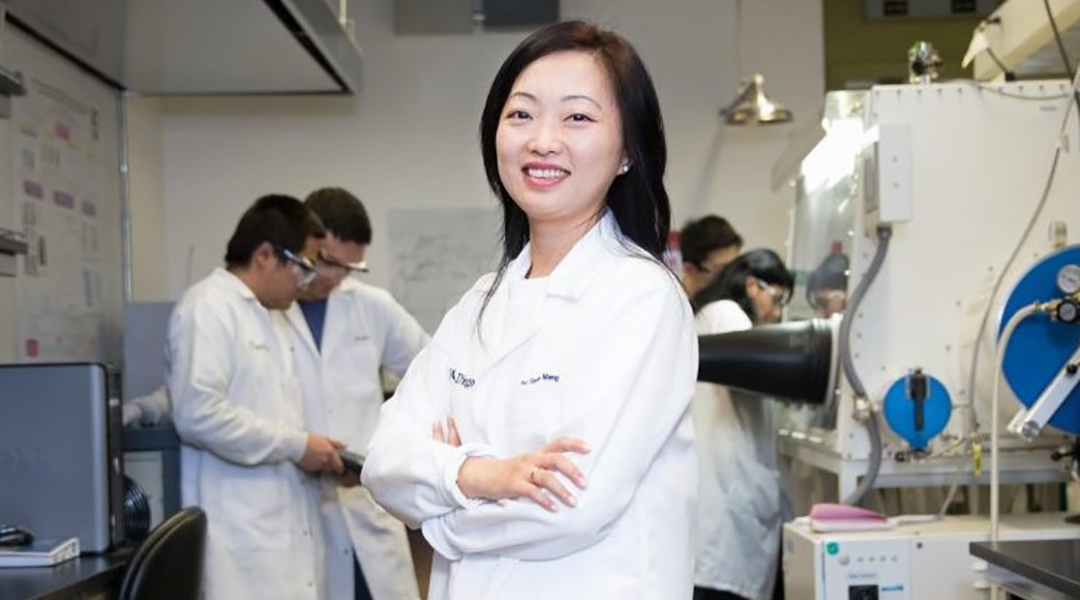
The materials scientist talks about the challenges in finding work/life balance, her research in sustainable energy storage, and how Chinese calligraphy has shaped her way of thinking.
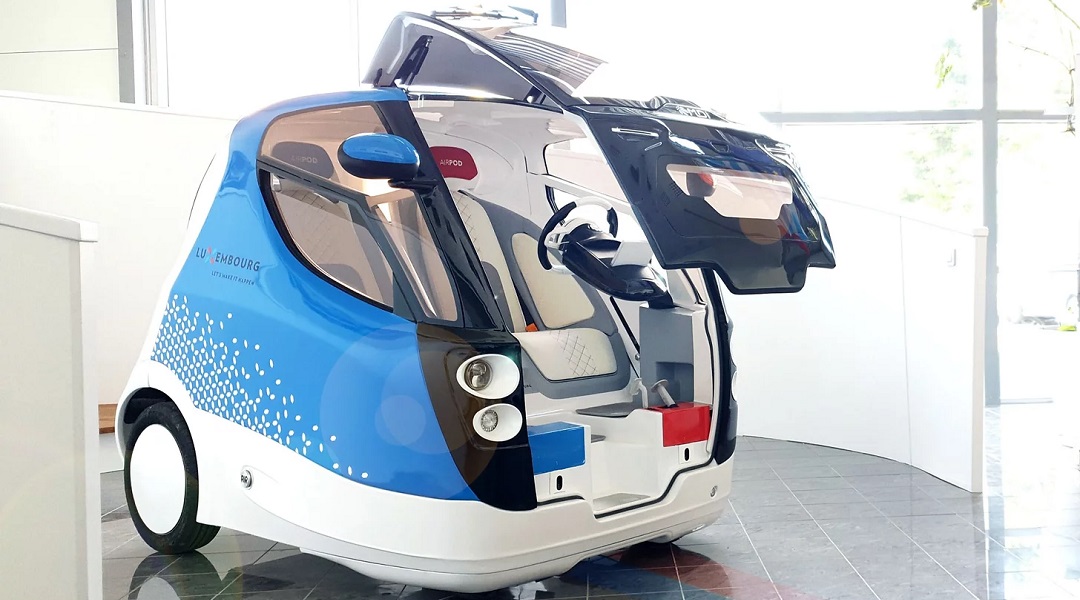
Researchers have increased the efficiency of compressed air cars with the aid of phase change materials for heat recovery, making them a viable carbon-free alternative for future passenger cars.
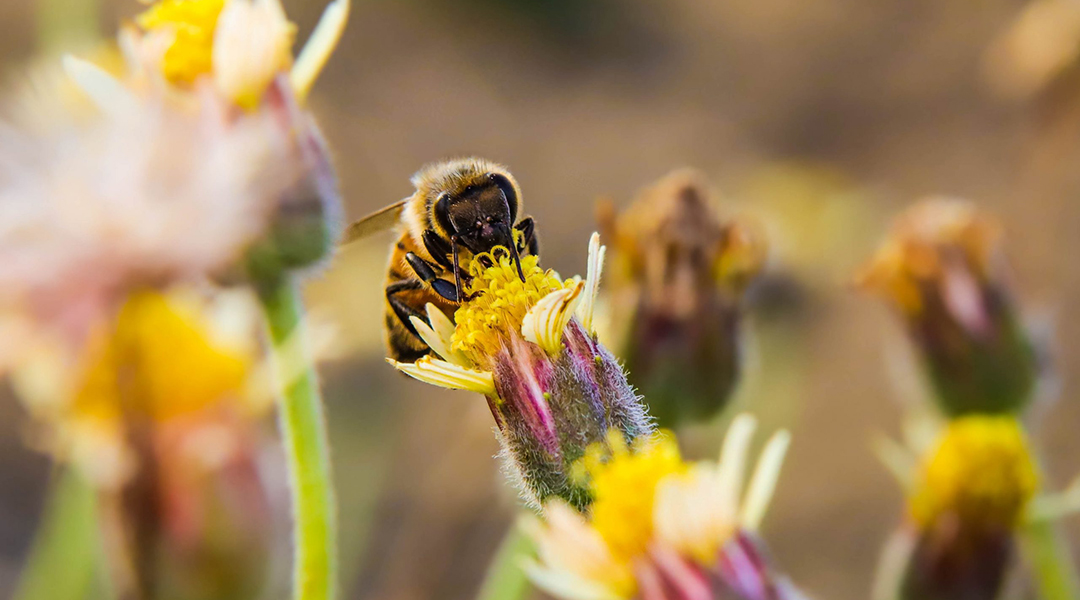
Spread of the giant Asian hornet (Vespa mandarinia) in the USA threatens honeybee colonies, and new analysis assesses the possible impact.
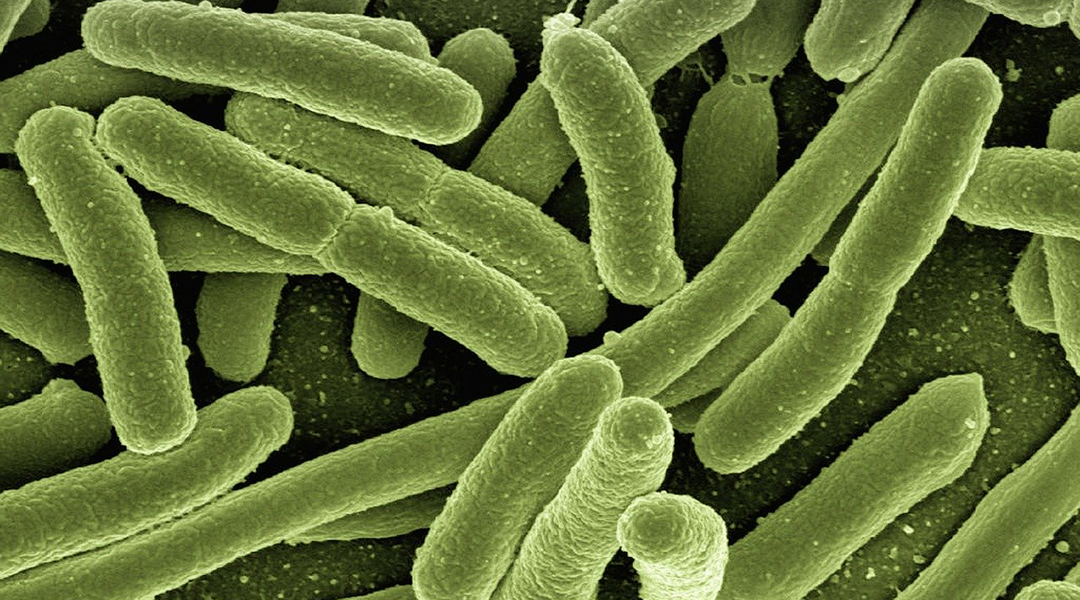
Similar to eukaryotes, prokaryotic cells can spatiotemporally regulate localization of RNAs, which is crucial for the survival and proper function of these tiny organisms.
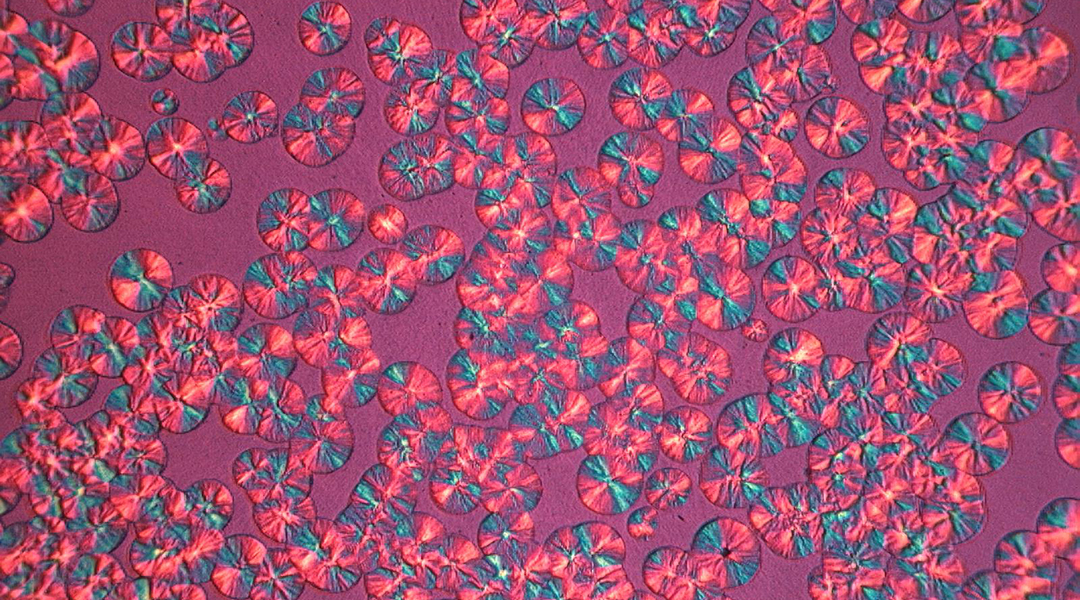
Bringing science to life through spectacular images.